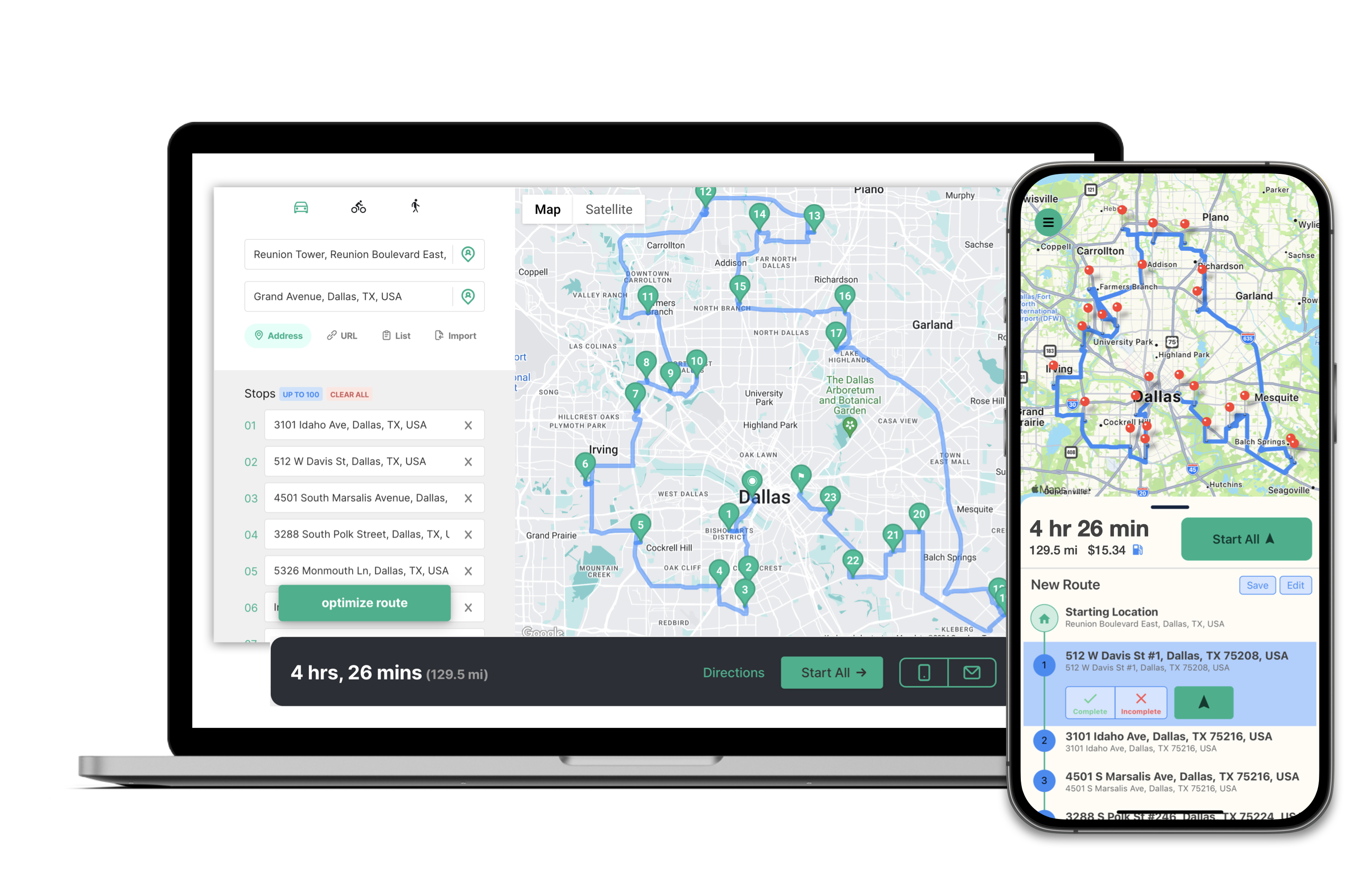The gig economy has been rapidly growing over the past few years, and one of the biggest players in this space is Amazon. The company's on-demand delivery program, Amazon Flex, has been in operation since 2015, and it has gained a significant following among drivers looking for flexible work options. However, the program has also been the subject of criticism, particularly regarding its app's routing and the costs that drivers must bear. In this post, we will discuss everything you need to know about the Amazon Flex Program, from how it works to drivers' concerns.
What is Amazon Flex?
Amazon Flex is an on-demand delivery program that allows drivers to deliver packages using their vehicles. The program offers a flexible schedule, where drivers can choose their own shifts, and the pay ranges from $18 to $25 per hour, depending on location and time of day. Drivers can use the Amazon Flex app to accept delivery opportunities, track their earnings, and manage their schedule.
How does Amazon Flex work?
To become an Amazon Flex driver, you must meet certain requirements, such as having a valid driver's license and a vehicle that meets Amazon's requirements. Once you sign up, you will undergo a background check and attend an orientation session. After that, you can start accepting delivery opportunities through the Amazon Flex app.
The app will provide you with information about the pickup location, the package details, and the delivery address. You must then navigate to the pickup location and collect the package. The app will then guide you to the delivery address, and you must complete the delivery within the allotted time frame. Once you complete the delivery, you can accept another opportunity or end your shift.
What are drivers' concerns about the Amazon Flex app?
Despite the flexibility and convenience that Amazon Flex offers, drivers have expressed concerns about the app's routing and the costs associated with the program. Many drivers have reported that the app's routing is inefficient, often making them double back on routes and not optimizing for the last stop. It seems like Amazon fails to consider that drivers more times than not need to go home after their route. Flex drivers everywhere are complaining about how they end up 50+ miles away from their home by the time they are done with their routes. This inefficiency can lead to drivers wasting time and fuel, reducing their overall earnings.
Moreover, drivers are responsible for their vehicle costs, such as fuel, insurance, and maintenance, which can significantly eat into their earnings. This responsibility incentivizes drivers to resort to other routing tools that do a better job of optimizing their routes and reducing their fuel costs.
How is third-party technology addressing these issues?
More and more flex drivers are resorting to third party route optimization solutions that give a much faster and more efficient route. Tools like Routora, Routific, and Badger Maps generate much faster routes and even allow you to enter in your last stop (most likely your home) so you do not end up unreasonably far away by the time your done with your route. In the end these drivers are not only saving a considerable amount of time, but their also spending significantly less on fuel costs.
What are the sentiments of Amazon Flex drivers?
Amazon Flex drivers have had mixed feelings about the program. Some drivers appreciate the flexibility and the ability to earn money on their own schedule, while others find the pay insufficient and the work stressful. Drivers have also expressed concerns about the lack of communication from Amazon regarding changes to the program, such as reduced pay rates and increased delivery times.
Despite these concerns, many drivers have found success with the Amazon Flex Program and have made it their full-time gig. However, it is crucial to understand the costs associated with the program and the limitations of the app's routing.
Conclusion
In conclusion, the Amazon Flex Program offers a flexible and convenient way for drivers to earn money delivering packages. However, the program has its drawbacks, particularly regarding the app's routing and the costs that drivers must bear. If you are considering becoming an Amazon Flex driver, it is essential to understand the program's requirements and the costs involved. Route optimization tools out there help drivers solve the most glaring issues drivers have with the Amazon Flex app. Ultimately, the Amazon Flex Program can be a great way to earn money on your own schedule, but it is not a get-rich-quick scheme, and drivers must put in the effort to make it work!
.png?alt=media&token=c83d97f5-6f2a-48da-a5e4-a11ef66f2cde)
